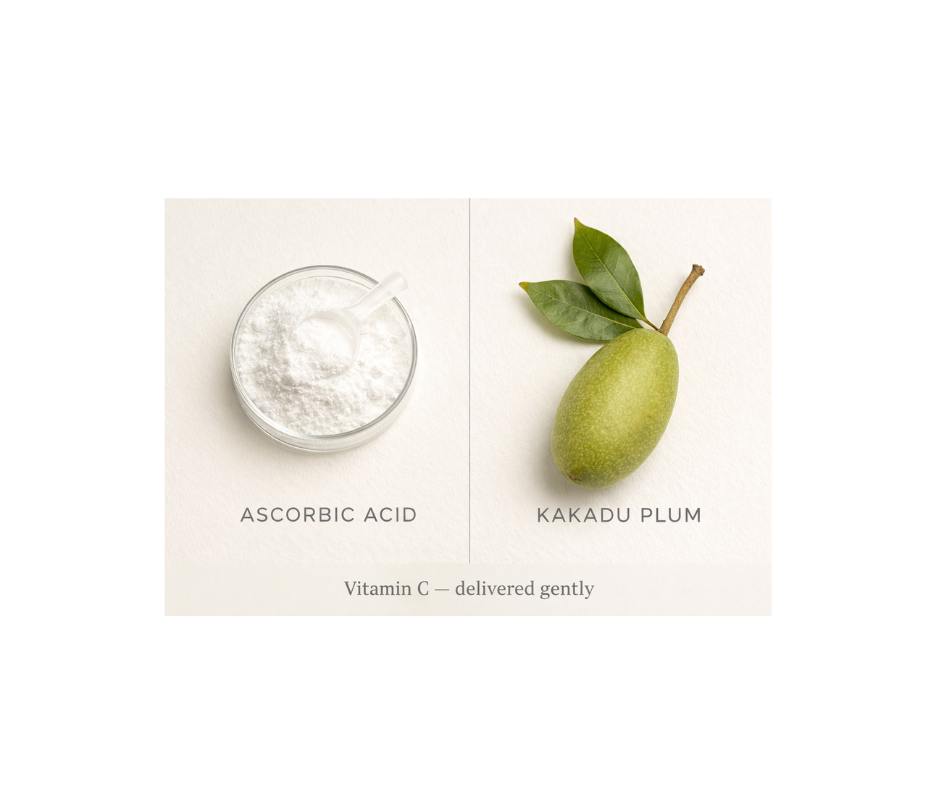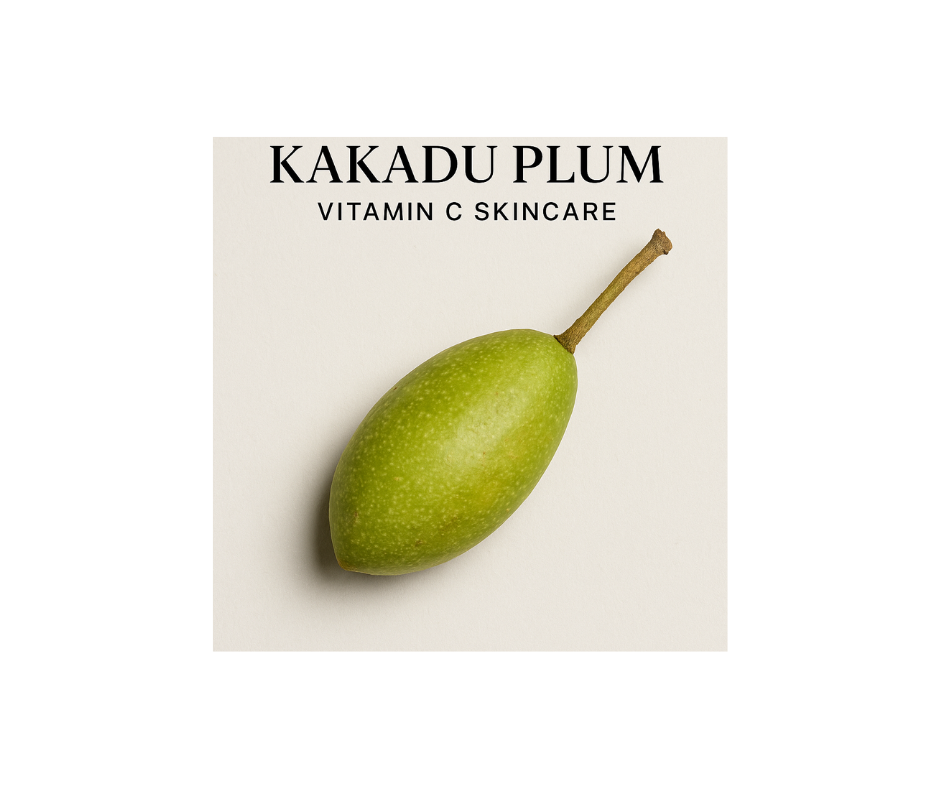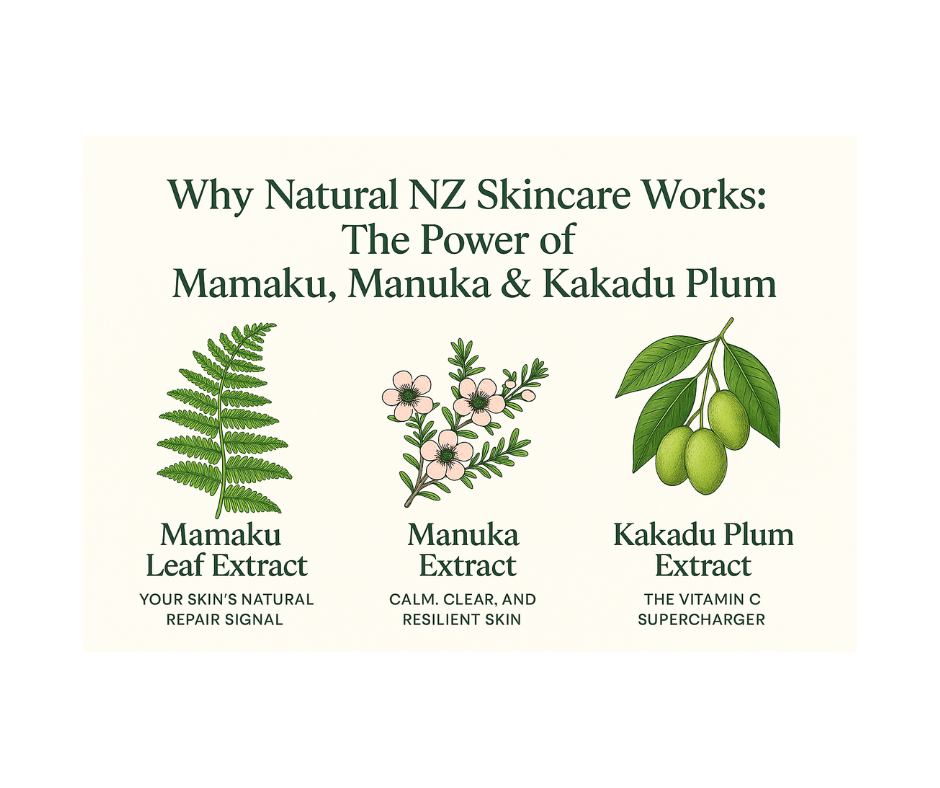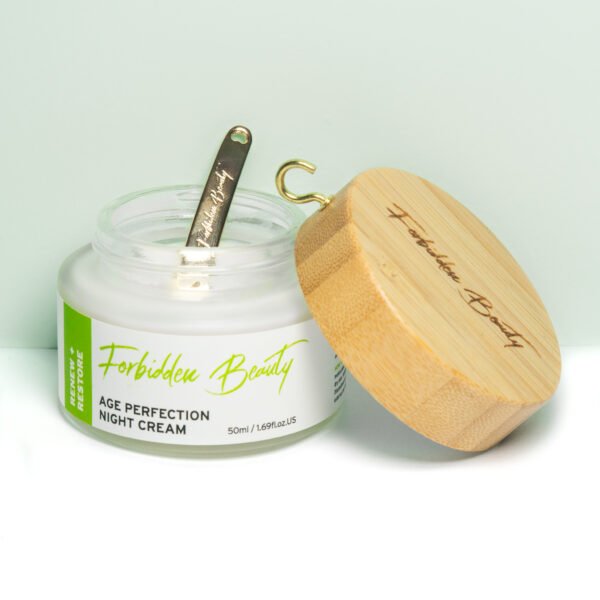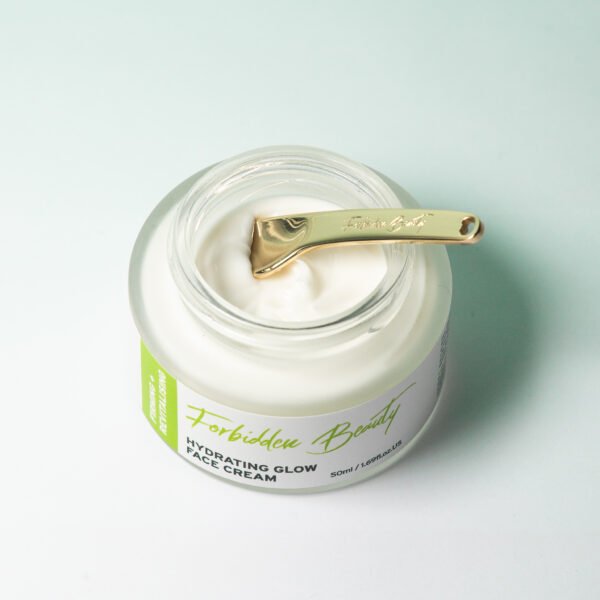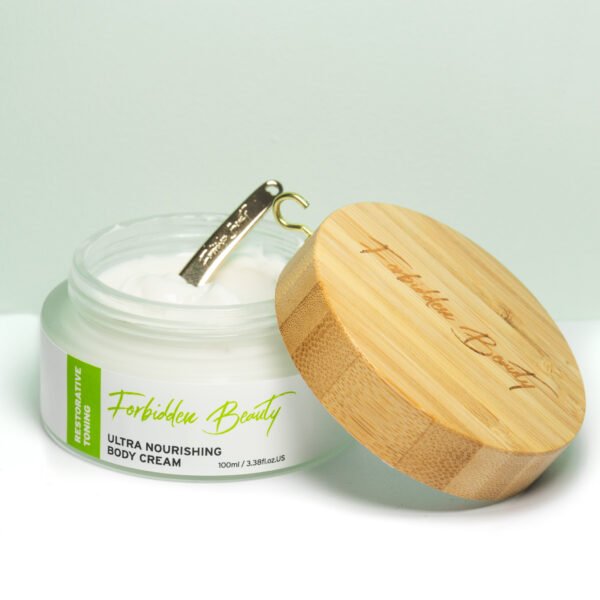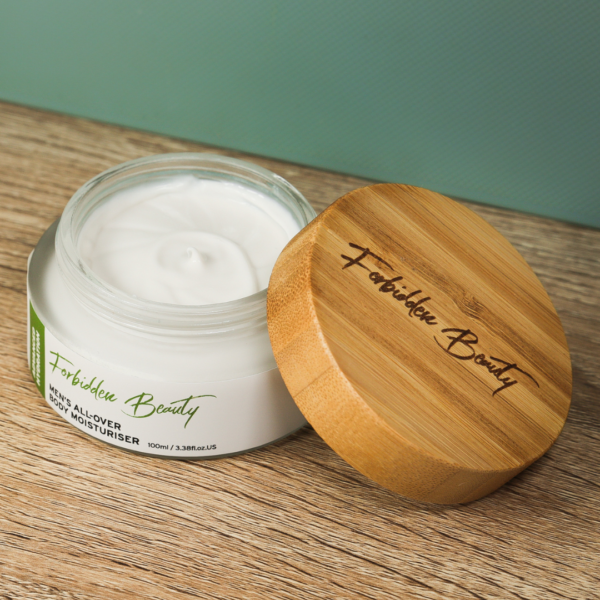Read Your Skincare Labels
Knowing what is in your skincare products is crucial for recognising which ingredients are effective and safe for your skin type, and which ingredients to avoid. Beautiful packaging and promising descriptions are eye-catching but the real truth lies in the ingredient list. Reading skincare labels can be a complicated and confusing matter but not being aware of what is in your skincare products can lead to allergies, sensitivities, irritation and other serious skin and health concerns.
That’s why it’s vital to distinguish and avoid the BAD (Bad, Ambiguous and Debatable) ingredients, such as synthetic dyes, phthalates, plastics, etc. Forbidden Beauty takes ingredients list labelling seriously by displaying a separate Our Ingredients article on our website, which clearly shows ALL ingredients in ALL our skincare products as they appear on our skincare labels. It also shows why they have been carefully selected for use in our skincare product’s formulas.
Here’s how you can decipher your skincare labels :
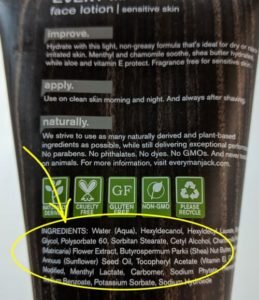 Parabens can vary, be inexpensive and they are a common preservatives used in personal care and skincare products. Parabens prolong the shelf life of items and can prevent harmful bacteria growth. But parabens have also been linked to causing hormone imbalance, reproductive and fertility issues.
Parabens can vary, be inexpensive and they are a common preservatives used in personal care and skincare products. Parabens prolong the shelf life of items and can prevent harmful bacteria growth. But parabens have also been linked to causing hormone imbalance, reproductive and fertility issues.
Although there isn’t clear evidence that they directly result in tumours, the fact that parabens have been found in breast tumours is quite disturbing.
Can be displayed on cosmetic labels as : Methylparaben, Butylparaben, Ethylparaben
They are a large group of chemicals that can be found everywhere: food packaging, fragrance, skincare, household cleaners, medical tubing. Phthalates make the products softer and more flexible, as well as helping products stick to the skin. The reason why their use is banned, or severely restricted, in many countries is because they may disrupt the endocrine system, resulting in potential birth defects and diabetes.
Can be displayed on cosmetics label as : Phthalate, DEP, DEHP, DBP, Fragrance
Yep plastics! Plastic ingredients are being included in many of your everyday beauty products and sold to the public.
Labels will never show the word ‘plastic’ of course, but may be disguised as Acrylates copolymer, styrene acrylates copolymer or a similar variant. Popular cosmetic manufacturers have turned to include this ingredient since many countries have now banned microbeads.
This scary ingredient can be added to cosmetics to add colour to nail polish, sunscreen, moisturiser, body wash, shampoo and eyeliner. But it can leach styrene monomer, a likely carconogen, and listed in USA as a known cancer-causing carcinogen. Styrene is also a category 1 endocrine disrupting chemical which test harmful to human’s hormone systems at extraordinary low doses.
Can be displayed on cosmetic labels as : Acrylates copolymer or Styrene Acrylates Copolymer.
-
Sodium Lauryl Sulphate & Sodium Laureth Sulphate (SLS & SLES)
These are known surfactants, emulsifiers and foaming agents and that is why they are commonly used in soaps, body washes and shampoos. However, they are some of the most skin sensitising ingredients that strip the skins natural oils, thus causing dry and flaking skin, redness, inflammation and allergy reactions.
There’s evidence that SLS potentially creates carcinogen called nitrosamines and when mixed with other chemicals, it may form a toxic substance that can have possible links to cancer.
Can be displayed on cosmetics label as : Sodium Dodecyl Sulphate (SDS).
Mineral oil is a rich emollient, often used by people with very dry, flaky skin. In fact, it can cause even more dryness. Mineral oil doesn’t actually hydrate the skin, it simply creates a barrier between the skin and the surrounding environment, in order to retain moisture.
It creates an illusion that the skin is soft and nourished even though it can be left even drier. This can make people reapply their lip balms too often with no long-lasting results. In addition to that, mineral oil can clog pores and cause acne and breakouts, as it stays on the surface without being absorbed.
Can be displayed on cosmetics label as : Petrolatum, Paraffin.
Scents attract consumers to a product but often artificial fragrance is added to skincare to mask unpleasant smells from other ingredients and combinations. It is often derived from petrochemicals and it doesn’t benefit the skin in any way. Fragrance is a known irritant for people with respiratory issues, allergies, redness, oily and acne-prone skin.
Can be displayed on cosmetics label as : Perfume, Parfum, Fragrance.
Artificial colours are another ingredient used just to make the product look more appealing but without having any beneficial effects to the skin. Many of these dyes are made by using heavy metals or coal tar which can increase the risk of irritation, sensitivity, clogged pores and breakouts.
Can be displayed on cosmetics label as : Colourants, Aluminum Powder, Blue 1, Green 3 etc.
There are good and bad (drying) alcohols, so it is important to know the difference. Good alcohols are also known as fatty alcohols, they are non-irritating and really beneficial for the skin. Drying alcohols can cause irritation, inflammation, dryness and can strip the skin resulting in damaging the skin’s natural barrier function. Drying alcohols usually ensure a smooth finish to a cosmetic product.
Such alcohols are often used on blemish-prone skin because it makes the skin feel and look less shiny but it can actually increase the growth of acne-causing bacteria and worsen inflammation.
Can be displayed on cosmetics label as : Isopropyl Alcohol, Methanol, Propanol, Benzyl Alcohol, Alcohol Denat (denatured alcohol).
Incredibly this highly-toxic heavy metal is a common ingredient in some skin-whitening and anti-aging skincare products. It is included because of the ability mercury has in acting as an inhibitor of melanin formation. Melanin is the light-absorbing pigment that naturally gives us our skin and hair colour.
Both the United States Food and Drug Administration (FDA) and the World Health Organisation (WHO) have issued strong warnings against members of the public using skincare products containing mercury due to potential changes it can cause to the cardiovascular and central nervous systems, kidney damage and other health issues.
Can be displayed on cosmetics label as : Mercurous Chloride, Calomel, Mercuric, Mercurio, Mercury or Mercury Salt.
Summary
We understand that it is not always easy to avoid irritants and toxins in our everyday life but as ingredient-savvy cosmetic consumers, you can now take precautionary steps to limit the use of toxins in your skincare. Thus, you can maintain a great looking skin minus the harmful, and potentially dangerous side effects.
All we ask is that buyers closely consider the ingredients in the products they purchase, by reading, researching and understanding the skincare labels (even the small print). Just because it is a ‘known and popular brand’ does not mean it doesn’t have BAD ingredients lurking. Buyer beware!
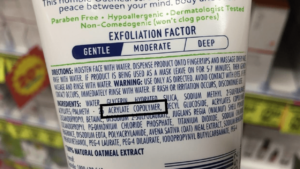
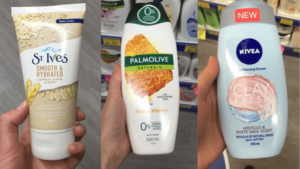
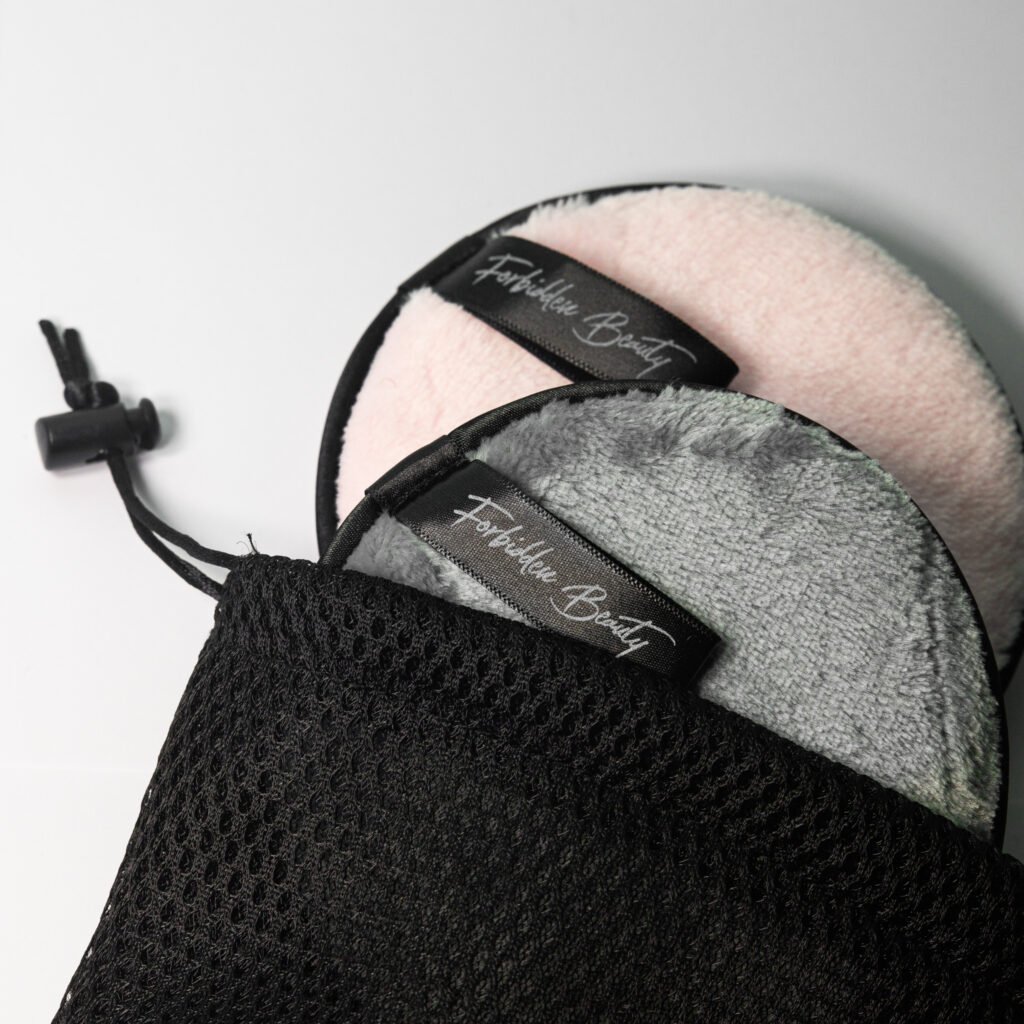

 Parabens can vary, be inexpensive and they are a common preservatives used in personal care and skincare products. Parabens prolong the shelf life of items and can prevent harmful bacteria growth. But parabens have also been linked to causing hormone imbalance, reproductive and fertility issues.
Parabens can vary, be inexpensive and they are a common preservatives used in personal care and skincare products. Parabens prolong the shelf life of items and can prevent harmful bacteria growth. But parabens have also been linked to causing hormone imbalance, reproductive and fertility issues.

